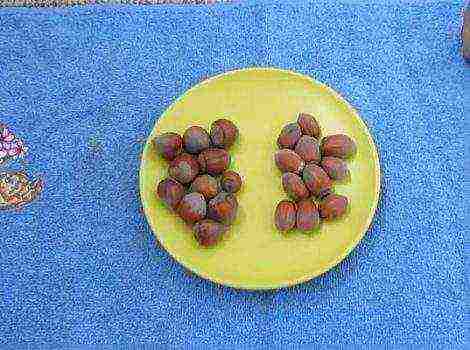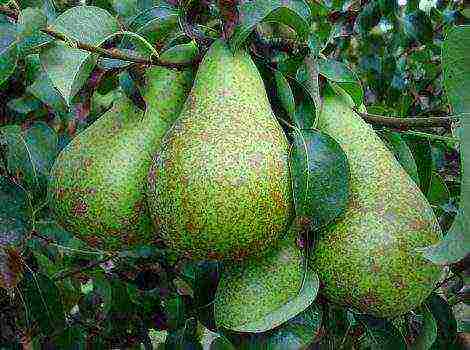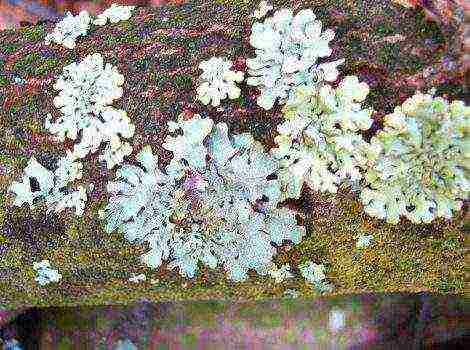Content
How to properly plant a lemon at home so that it bears fruit?
Lemon is a thermophilic perennial tree that can be grown at home. Such a citrus culture, planted from a stone at room temperature, will always delight the eye with its evergreen leaves.
But to get fragrant yellow fruits, you need to properly graft the plant.
Features and conditions of vaccination
Growing lemon at home is a very simple process. This requires high-quality planting material, a container with soil and good crop care. Compliance with all the conditions necessary for growth will make it possible to grow a beautiful citrus tree with strong fleshy leaves. It will probably begin to bear fruit in at least seven years.
You can get useful fruits much faster if you plant a culture by choosing the right option. This procedure will allow you to get the first harvest in three years. Some lemons can produce fruit in the first year after grafting.
Grafting is the movement of shoots or buds from one selected plant to another for complete accretion. This action must be performed one year after planting, when a strong green trunk will sprout from the seed.
The best time to transplant buds or shoots is mid-spring. At this time, the plant has a moment of increasing the activity of the milestones of the processes necessary for life. If necessary, you can plant lemon at home in August.

How to choose a stock?
For the effectiveness of the vaccination result, a high-quality rootstock should be selected - the culture on which the engraftment is carried out. A seed-grown sprout with a diameter of half a centimeter will be a good mother plant.
Strong shoots of citrus crops such as grapefruit, orange and lemon are often used as a rootstock. When choosing a plant for grafting, one should take into account the distinctive characteristics of the plant - growth, taste, tendency to disease.
Before the engraftment process, several small lemon branches are harvested. Such a scion is a material that is grafted onto a mother seedling; only a fruiting plant should be taken. The shoots are cleared of thorns and leaves. Only rudimentary shoots and petioles should remain on the branches.
Homemade lemon grafting methods
Several grafting options are used to inoculate a citrus crop:
- Cuttings... This method can be used in the spring and summer. It is carried out using branches with a certain number of leaves. You can perform two options for grafting - "for the bark" and "in the split"
- Copulation. In the process of grafting, the stock and the part grafted to it with the same thickness are used. Such a connection with the help of cuttings is simple and improved.
- Budding. This is the most common vaccination method. It will be held in April and May. For budding, a single bud with a thin woody coating is used, which is selected from a cuttings of a cultivated plant. Such a peephole is inserted into the bark of the rootstock.
One month before grafting, you should check the condition of the roots of the culture and, if necessary, replace the soil.
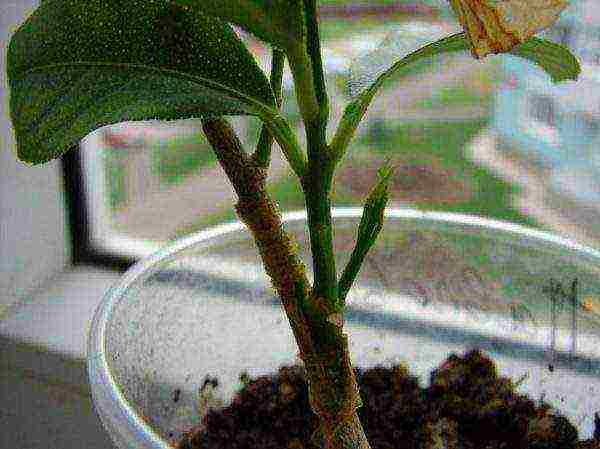
How to graft by cuttings?
At the beginning of spring, the plant begins to revitalize all life processes. The tree actively grows branches and leaves, which are good material for cuttings.
Lemon grafting with the help of a young scion is carried out in several stages:
- the stock cleaned of dust is cut horizontally at a height of five centimeters from the ground;
- vertical splitting is performed to a depth of two centimeters of the main stem;
- at the bottom of the cutting, an oblique cut is made equal to the cut on the stem;
- the stalk at the end with the kidney is inserted into the resulting incision;
- the scion that entered the cut is gently pressed against the stem;
- the junction is carefully wrapped with plastic tape;
- the cut on the stem is coated with a special garden varnish.
Such grafting by cuttings is called "for the bark".
The engraftment of the cuttings "into the cleft" is performed a little differently:
- the entire bark is cut from the stem at a distance of seven centimeters;
- the remaining stock is divided in half with a sharp knife to a depth of two to four centimeters;
- the base of the cutting is cut obliquely from opposite sides;
- a scion is inserted into the incision, on which there must be at least three buds;
- the grafting area is wrapped in a film material.
For effective grafting, it is necessary that the bark of the scion and rootstock be pressed down during winding.
A container with a grafted citrus tree is placed in a warm place where regular ventilation should be carried out. When the yellowed petioles begin to fall off, you need to dissolve the bandage a little, and with the active development of the kidneys, it is completely removed.
Copulation
This method of grafting must be carried out during the calmness of the plant, which occurs in winter. You can also copulate in early spring until the buds begin to appear.
This grafting is one of the most common grafting options. It's quite simple to make it:
- stock and scion are selected with the same thickness;
- identical oblique cuts are made on the stem of the mother plant and the cuttings;
- the cut surfaces are aligned with each other;
- the docking point is neatly rewound with tape.
The wrapping should be done very carefully, the matched pressed cuts have not shifted. With proper alignment, the nesting stalk after a while will begin to come to life, sprouting. If such signs appear, the dressing must be removed.

How to plant a lemon at home so that it bears fruit by budding?
Budding or peephole grafting is the simplest method of grafting using cuttings. This process can be performed from mid-spring to late August. During this period, plants begin active sap flow. In the spring, a sprouted eye is selected for inoculation, and at the end of summer, the material is used in a dormant state.
For the scion, you need to cut off the shoot with the bud with a clean sharp knife and make two horizontal cuts. The first is one centimeter above the bud, the second is one and a half centimeters below the rudimentary shoot.
For the engraftment of cuttings by the budding method, it is necessary:
- make an incision in the shape of the letter "T" on the bark of a well-cleaned stock;
- bend the corners in the bark, formed as a result of the incision;
- put the prepared scion into the formed gap;
- the vaccination site is wrapped with tape so that the kidney itself remains open;
- the surface where the grafting was carried out is covered with garden varnish.
The grafted plant is covered with a plastic bottle or plastic bag to create a greenhouse effect. In the process of accretion of the scion and rootstock, perform regular ventilation and remove unnecessary shoots.
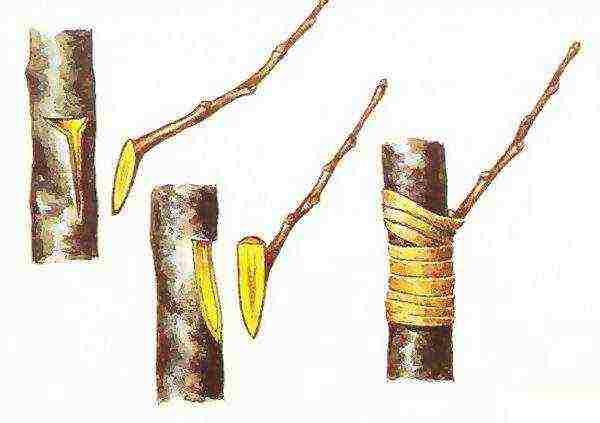
The connecting bandage and greenhouse cover are removed after a month. If budding is successful, the stalk should fall off, leaving only the peephole on the stem. The rootstock is cut at a distance of ten centimeters from the grafted bud.
For best results, you should follow some of the recommendations from practicing gardeners:
- absolute sterility of the entire process;
- all cuts should be made with a sharp, well-sharpened knife;
- use healthy, strong plants for the stock;
- remove excess shoots after grafting on the stem;
- water the rootstock abundantly for several days before grafting;
- after vaccination, use a greenhouse, which should be regularly ventilated;
- moisten the soil in a mini-greenhouse using a cotton swab dipped in water.
After successful fusion, the young grafted branch is tied to the stem in a horizontal position. The grafted citrus plant should be constantly watered, not allowing the soil to dry out.
To plant a lemon at home and get the first harvest over time, everyone can do it. For a fruitful result, it is necessary to choose a method of vaccination, and to carry out the process correctly.
